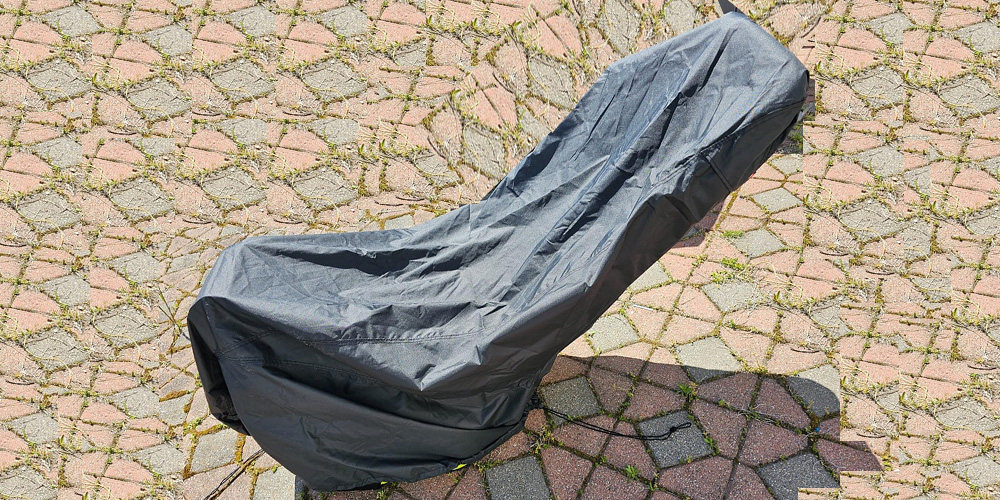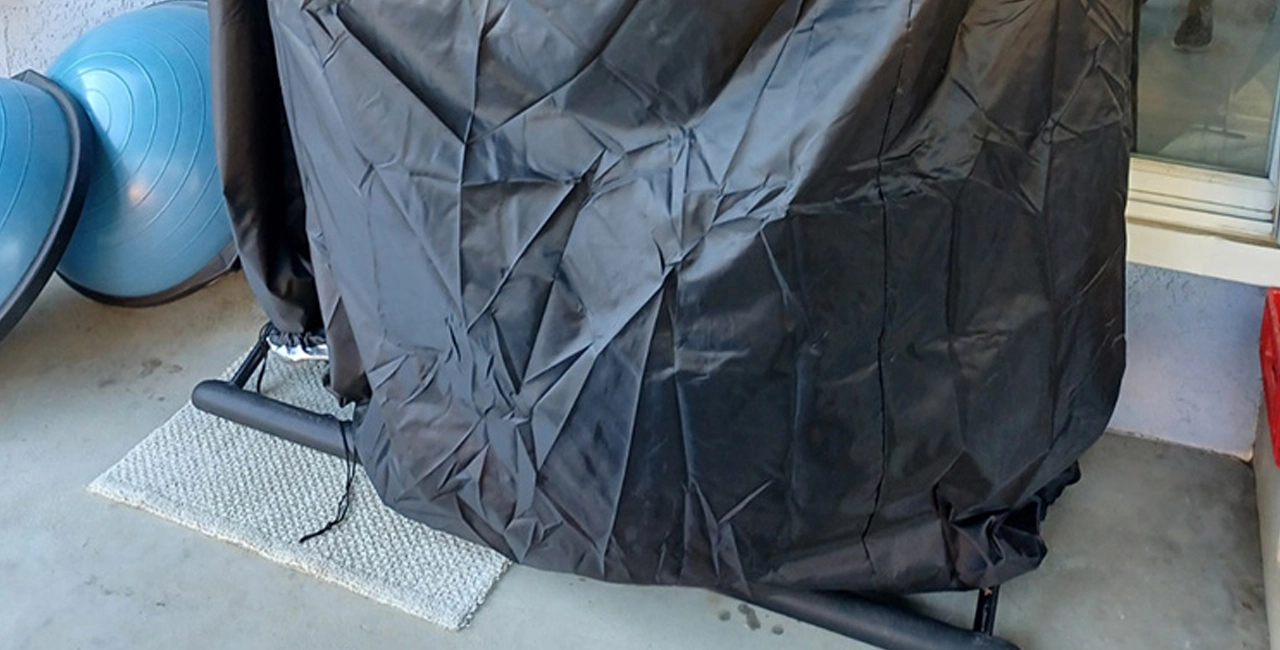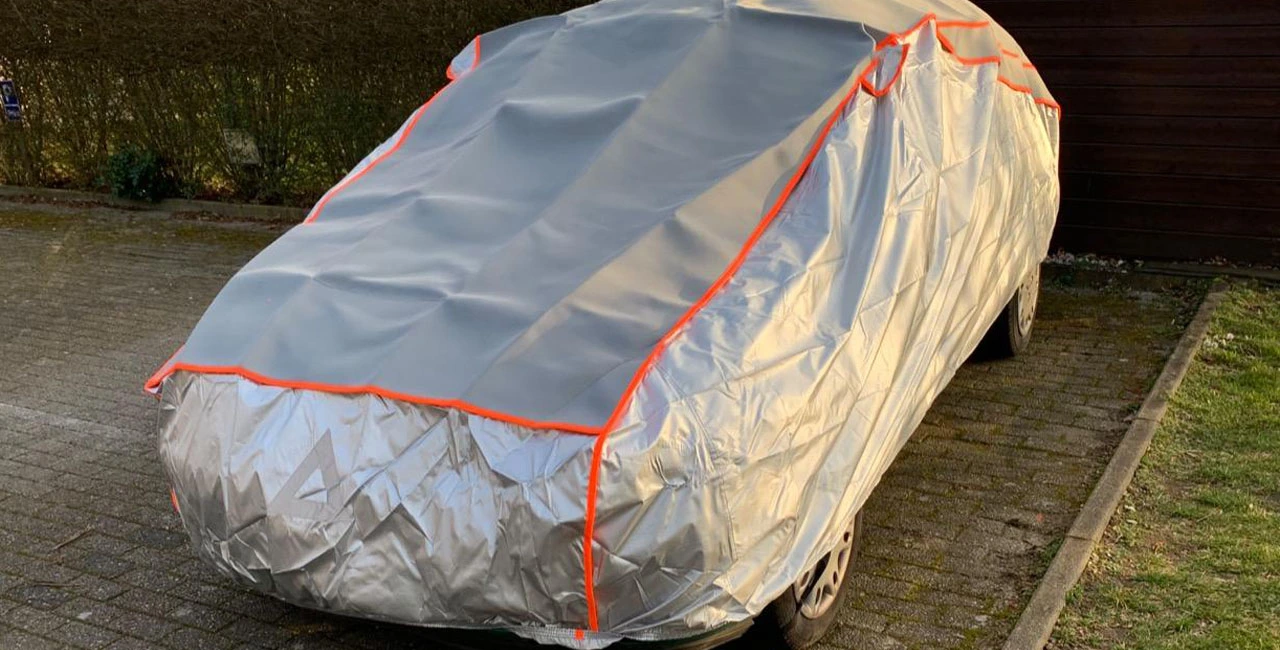1. Manufacturing Methods
Synthetic leather is primarily produced using the following techniques:
Coating Process:
A polymer solution or emulsion (such as PVC or PU) is coated onto a substrate (e.g., nonwoven fabric, textile, or fiber mesh). The coated material is then heated to solidify the polymer film, followed by embossing to create leather-like textures.
Impregnation Process:
The substrate is impregnated with a polymer solution, allowing the polymer to penetrate its structure. This enhances flexibility and durability.
Co-Extrusion:
Multiple layers are extruded simultaneously and bonded together during the cooling process. This method improves abrasion resistance, breathability, and aesthetic appeal.
These techniques can be used independently or in combination to achieve specific appearance, feel, and performance requirements.
2. Specifications
Synthetic leather specifications primarily involve the following factors:
Thickness:
For cover applications, synthetic leather must balance flexibility and durability. The thicker the material, the higher the cost.
Standard thickness: 0.3mm ~ 2mm
Cover applications typically range from 0.5mm to 1.5mm
Surface Texture and Color:
Embossing or post-processing techniques create various textures, such as matte, glossy, grain patterns (cowhide, crocodile, etc.). A wide range of colors is available.
Mechanical Properties:
Key properties include tensile strength, tear resistance, and elongation at break, ensuring durability in harsh environments with exposure to wind, rain, and frequent folding.
Physical and Chemical Performance:
Key considerations include water resistance, weatherability, UV resistance, and chemical resistance, all critical for protective covers.
3. Functional Additives
Synthetic leather performance can be enhanced with the following additives, though they increase production costs:
UV stabilizers, anti-aging agents, flame retardants, plasticizers, UV absorbers, anti-yellowing agents, heat stabilizers, cold flexibility agents, scratch-resistant agents, anti-cracking agents, antioxidants, anti-static agents, and inorganic fillers.
4. Lamination Methods
Lamination processes enhance synthetic leather properties through various techniques:
Substrate Lamination:
Thermal pressing, ultrasonic bonding, or adhesive lamination are used to bond polymer coatings with nonwoven fabrics, textiles, or mesh structures, improving tear resistance and flexibility.
Multi-Layer Design:
Co-extrusion or lamination processes create layered structures, where:
Top layer provides aesthetics and waterproofing
Middle layer enhances cushioning or insulation
Inner layer improves breathability and comfort
Surface Treatments:
Embossing, coatings, or brushing techniques provide leather-like textures, unique gloss levels, or functional properties such as water and oil repellency.
5. Comparison of Synthetic Leather Types
PVC Synthetic Leather (Polyvinyl Chloride Leather)
Base Fabric: Typically polyester nonwoven fabric, sometimes knit fabric, polyester, or PVC foam.
Surface Treatment: UV stabilizers prevent aging from sun exposure.
Thickness: Generally 0.4mm-1.2mm, outdoor applications often exceed 0.8mm.
Cold Resistance: Requires plasticizers (e.g., DOP, DINP) to prevent cracking at temperatures below -20°C.
Hydrolysis Resistance: High-quality PVC resin is recommended to avoid degradation and cracking.
Mold & Bacteria Resistance: Incorporation of antimicrobial agents reduces mold risks.
Flame Retardancy (Optional): Some markets require compliance with FMVSS 302 or CPA I-84 standards.
Cost: Economical, typically ¥2~¥10/m², depending on specifications and quality.
Applications: Cost-effective protective covers, such as economy-class car covers and tool covers.
Limitations: Lower flexibility, hardens in cold weather, shorter lifespan.
PU Synthetic Leather (Polyurethane Leather)
Base Fabric: Usually nylon or woven polyester with a polyurethane (PU) layer.
Thickness: Typically 0.6mm-1.2mm.
Weather Resistance: High-UV-resistant polyurethane coatings (aliphatic PU recommended for superior yellowing resistance).
Hydrolysis Resistance: Outdoor-grade PU should have a hydrolysis resistance rating of 5+ years (standard PU degrades quickly).
Cold Resistance: Requires softening agents to remain flexible at -30°C.
Surface Treatment: Optional waterproof, oil-repellent, and stain-resistant coatings.
Flame Retardancy (Optional): High-end markets may require compliance with NFPA 701 or BS 5852 standards.
Cost: Higher quality, typically ¥5~¥30/m², premium products may cost more.
Applications: High-end car covers, RV covers, and long-term outdoor protective covers.
Advantages: Soft texture, high durability, good breathability, environmentally friendly.
Microfiber Leather (Ultra-Fiber Leather)
Base Fabric: Ultra-fine fiber nonwoven fabric, sometimes layered textiles simulating natural leather structure.
Thickness: 1.0mm-2.0mm, offers superior wear resistance.
Weather Resistance: Uses aliphatic PU, preventing aging and discoloration in prolonged outdoor use.
Breathability: Some premium versions include moisture-wicking features to maintain internal dryness.
Cold Resistance: Remains flexible in temperatures as low as -40°C.
Environmental Compliance: Meets REACH, RoHS, and CA Prop 65 regulations.
Surface Treatment: Can include stain-resistant, waterproof, and anti-mold coatings.
Cost: Highest-priced, typically ¥30~¥100/m².
Applications: High-end automotive interiors and premium protective covers.
Advantages: Leather-like texture, excellent tear resistance, environmentally friendly.
6. Expected Lifespan of Synthetic Leather
Lifespan depends on material quality, environmental conditions, and maintenance:
Type | Indoor Lifespan | Outdoor Lifespan (Exposure to Sun, Rain, Wind) |
PVC Synthetic Leather | 2-5 years | 1-3 years |
PU Synthetic Leather | 5-10 years | 3-6 years |
Microfiber Leather | 8-15 years | 5-10 years |

 English
English 

